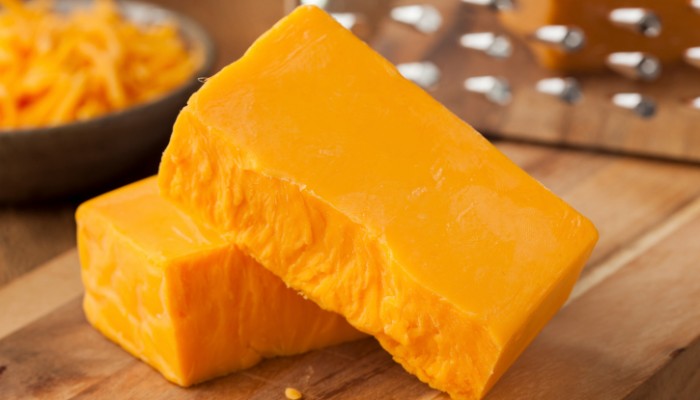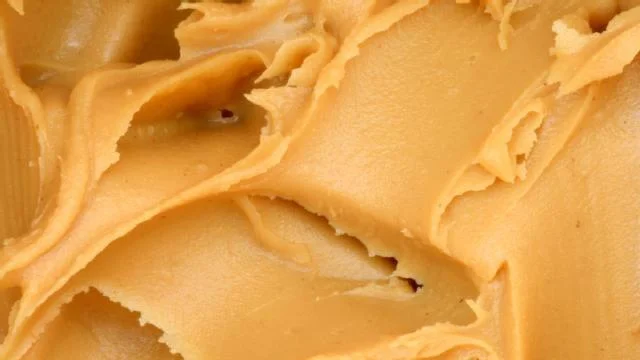Olive Oil: An Extra Virgin Scandal

Olive Oil: An Extra Virgin Scandal
Olive oil is one of those ingredients that feels like you’re adding history to your meals. And it feels that way for a reason: humans have been stuffing their face and moisturizing their skin with this stuff for centuries. Nearly 80 centuries! (Click here for a 2-minute video on the history of olive oil!)
But like many things paired with the word “virgin,” olive oil comes with its own side of scandal.
The Good: Quality olive oil is good for you, inside and out. (More on health benefits here and beauty benefits here.)
The Bad: Olive oil quality ranges widely.
The Ugly: The olive oil industry is so riddled with fraud it can be hard to tell if you’re buying olive oil at all!
The Current Pickle: Olive Oil Fraud
There are three main types you're likely to find in your grocery store: Extra Virgin, Pure, And Light.
The standards of the different types of olive oil were first established by the International Olive Council (IOC), which set Extra Virgin Olive Oil up to be internationally regarded as the best quality olive oil. Demand went up, natch.
Read more about the different grades, and how to use them, here.
As the Olive Oil Times (yes, a thing) notes, Extra Virgin Olive Oil is made by crushing fruit and extracting the juice. Nothing else: no heat, chemicals, or solvents are to be used to help extract the oil.
This is how it's supposed to go:
Except making EVOO is an expensive and time-consuming process, and when some producers realized they weren't being closely watched, they started labeling cheaper olive oil blends as EVOO and selling the refined blends for higher margins.
The high demand combined with lack of regulation has resulted in industry fraud that would make Bernie Madoff blush: check out these investigations by The New York Times, The New Yorker, Forbes, and Mother Jones, for starters.
There’s even a whole book about it, documenting oil fraud from the Roman Empire to the present.
What's the Dillio with Finding a GOOD Olive Oil?
While interest groups are trying to crack down on this to “Make Olive Oil Pure Again,” you can also use the power of your wallet to support producers who are bottling the good stuff.
And you don’t have to be a detective for this—though that look is so hot right now.
There are lots of visual cues you can look for to know you’re getting a purer, more delicious, and better-to-cover-your-body-in-and-wrestle olive oil, like this seal:
Californian olive oils are some of the highest regarded in the industry for their purity. The COOC certification program has stricter standards than international requirements.
Spanish and Australian olive oils are also known for meeting top-of-industry standards.
If you want Italian...good luck! The Times wrote an entire piece on olive oil fraud in Italy alone. Still, if you must mangiare Italiano, look for regional certifications, like a DOC or IGT seal—that's Italian for Denomination of Controlled Origin and Typical of the Geographical Location, respectively, which are controls of the quality of the oil.
OTHER HELPFUL BUYING TIPS:
Check The Smell 👃
You might be tempted to judge by color, thinking greener is better—but olive oil tricksters have been known to add chlorophyll to low-quality oils. Better to judge by smell. Take a whiff and look for a fresh smell—fresh cut grass, herbs, or fresh tomatoes. If it smells like stale peanuts, moldy cheese, or musty like a basement floor, or if you can't smell anything, then step away: it's rancid and not extra virgin.
Check The Container & Label 👀
The container should be dark in color to keep the light out. Usually dark glass is the best but tins can also be good options—just don't be tempted by those giant “bargain” tins, see next tip on storage!
See a date on the bottle?
- The harvest date should be any time within the last two years but the closer to the present, the better, because with all cooking oils, freshest = best.
- For a use-by date, the further from the present (into the future) is better, but it's a bit tricky as most bottlers print 18 months from the bottling date and the oil might already be a couple of years old at the time of bottling.
Check The Storage
Light, heat, and oxygen can degrade oil. Choose bottles stored away from direct sunlight and in temperature-controlled stores, and buy smaller bottles that you can use in a month or two, so it doesn't go bad before you use it all.
TLDR...TELL ME WHICH ONES TO BUY!
Here are the winners of the 2017 New York Olive Oil Competition, which judged submissions from all over the world.
A homeland gold medal winner?🏅 McEvoy Ranch.🏅 It looks like this:
The Hot Pickle: The Hottest Uses for Olive Oil RN
You found your olive oil soul mate. Now what?
Make something savory, like Gjelina's Tomato Confit, or use it to finish your next bowl of soup like a pro.
Make something sweet, like Ottolenghi's Rosemary, Olive Oil, and Orange Cake, or pour it over vanilla ice cream or gelato. (Skeptics: let Serious Eats explain the awesomeness of this combo).
Now, as much as I’m sure you’re looking forward to reading that email from Cynthia in Accounting, here’s one extra spoonful of Olive Oil trivia: The Greeks. Love. Olive oil. While Americans consume about one liter of olive oil per capita per year, the Greeks consume the most per capita in the world—about 24 liters each!
Hungry for more? Take a class from the top olive oil pros!
















